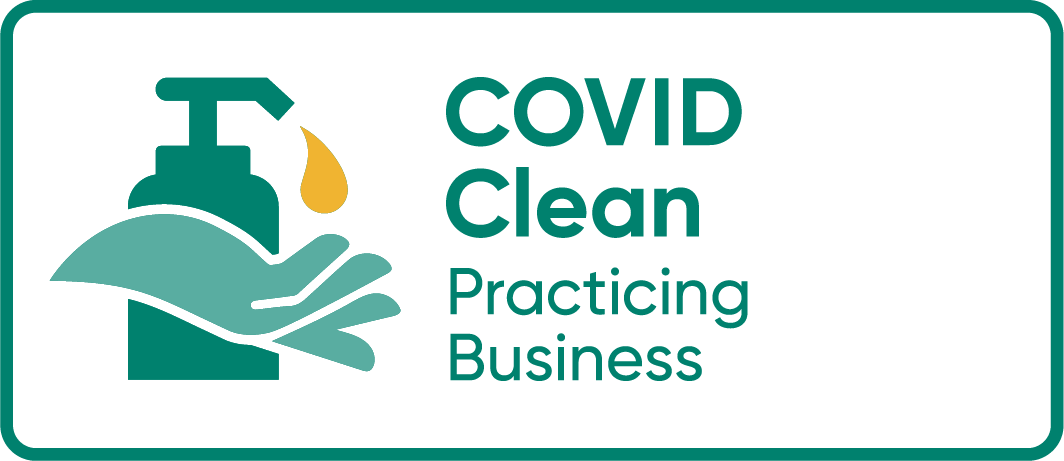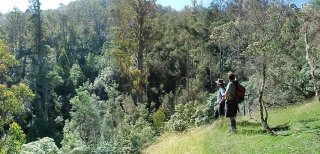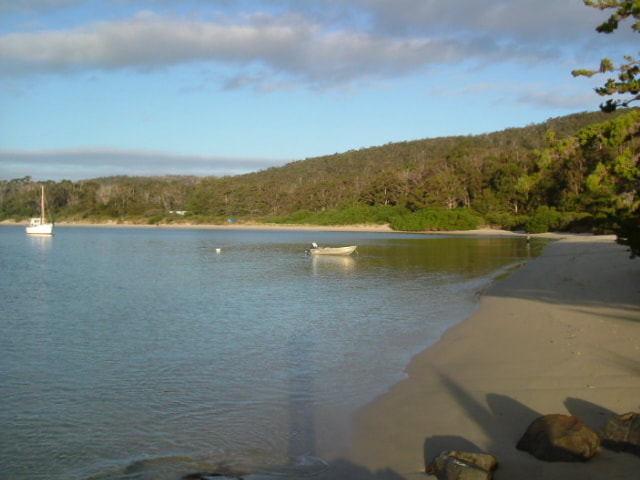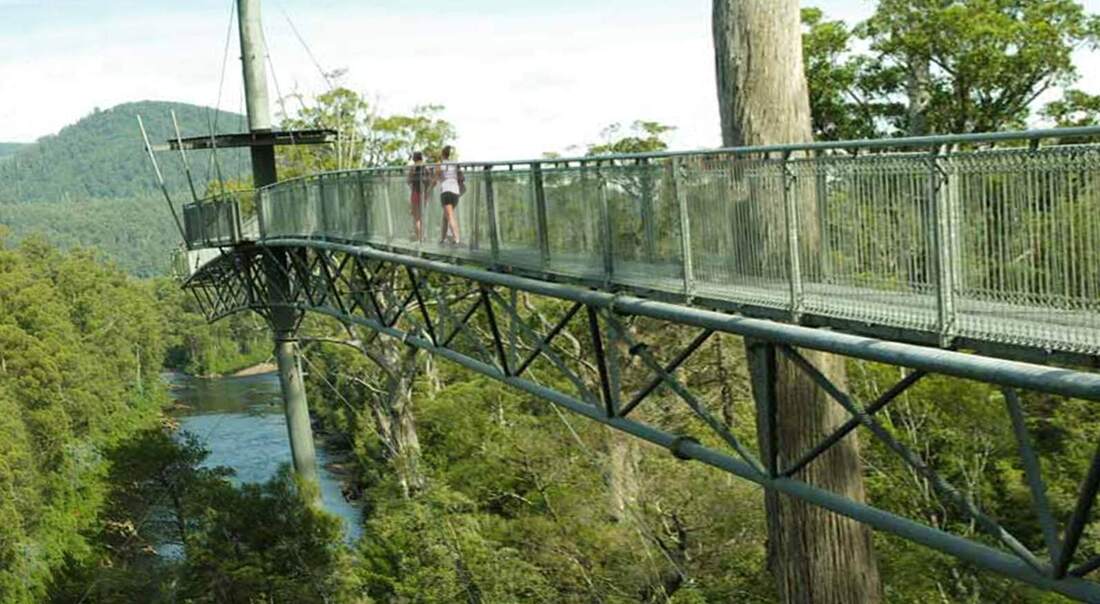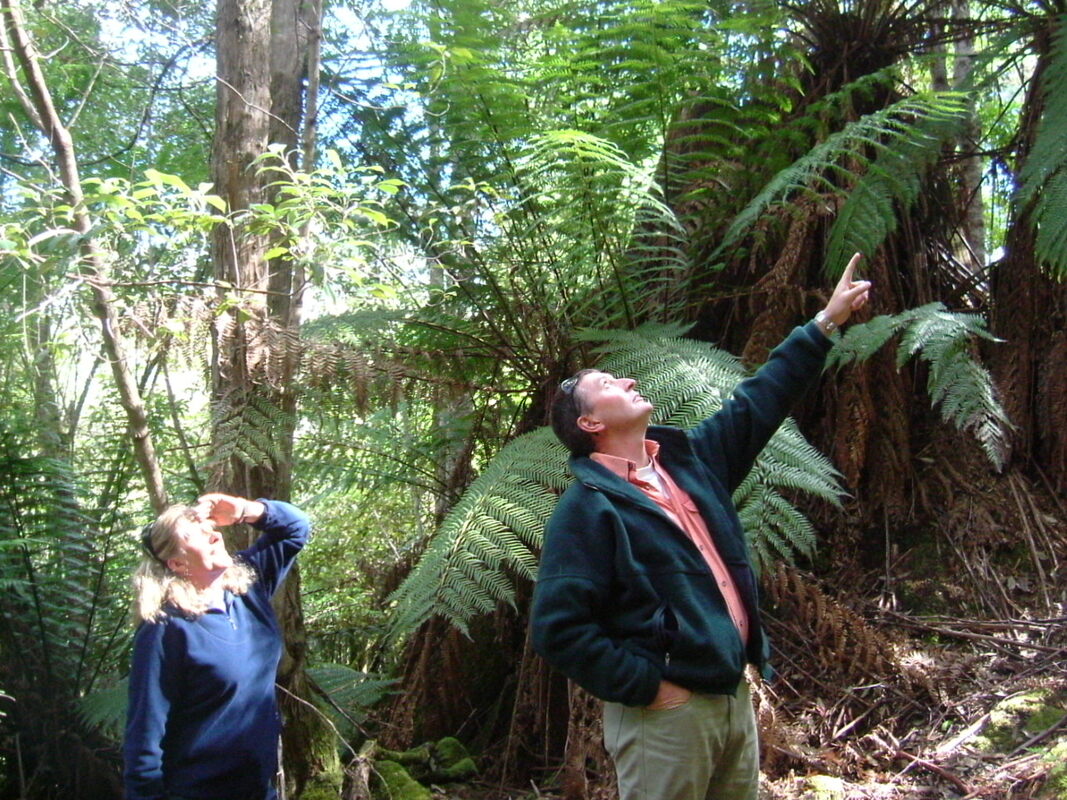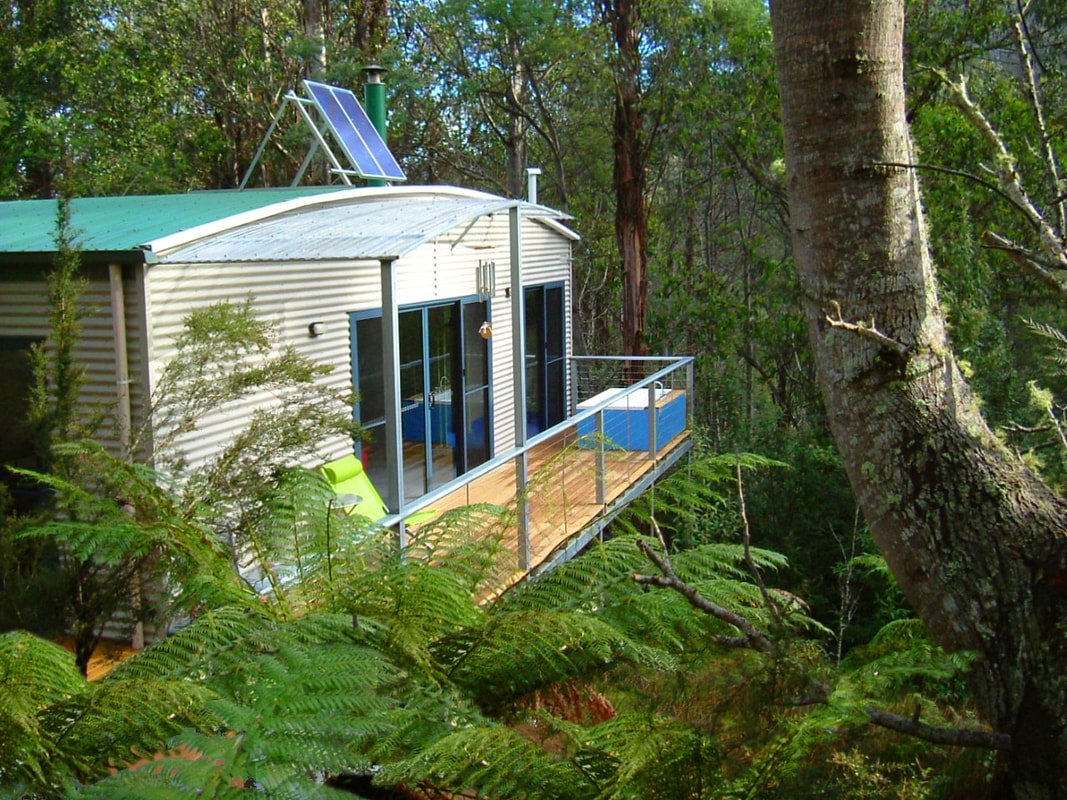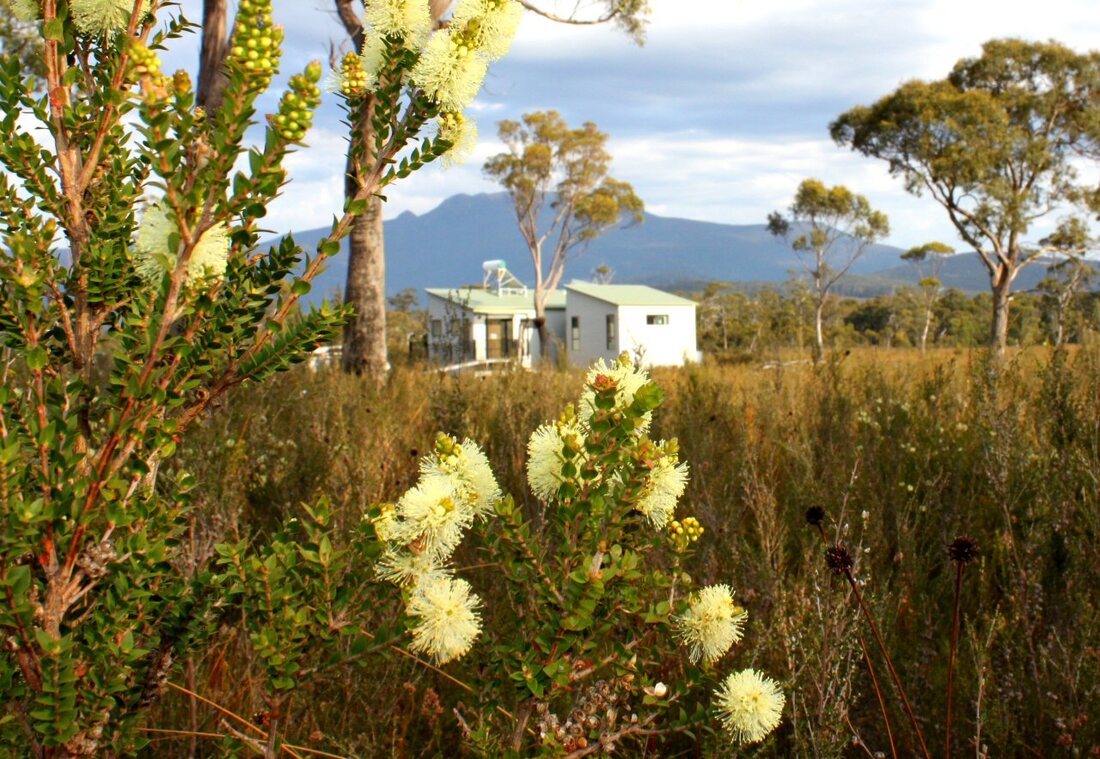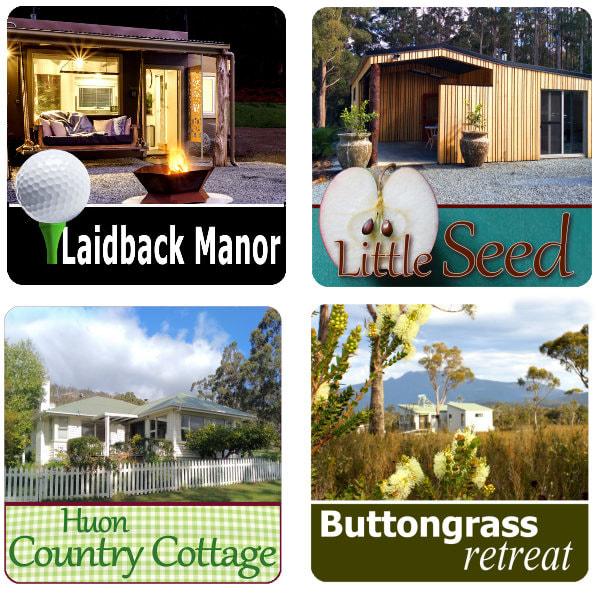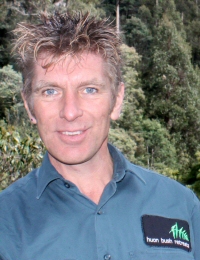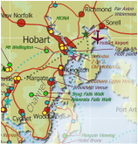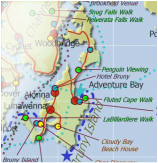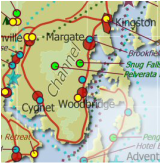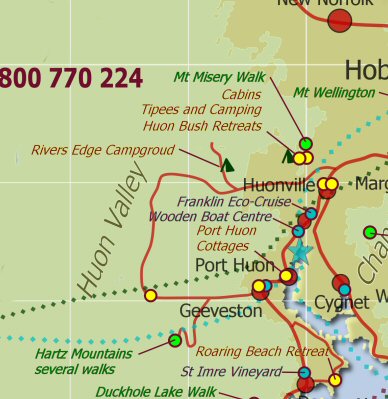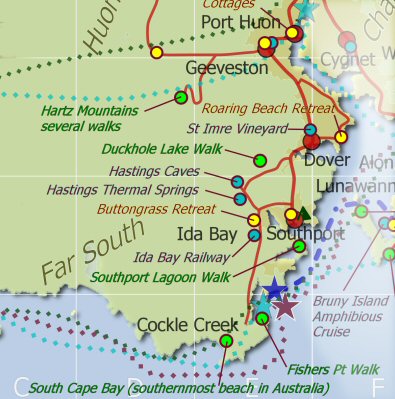1. Tasmania is all about nature
Tassie is the perfect place for a nature focused, socially distanced, holiday. Though previously also known for Mona Art Museum, Dark MoFo and specialty food festivals, these aspects are currently heavily restricted. With its unique mix of culture, wildlife, and nature, visiting Tasmania is a great experience nature lovers. Here are a few things you should know to help you prepare:
2. Covid19
| This update brings together official information current on 1 August 2020. Things might change. Tasmania is Covid Free (as officially announced by Tasmanian Government 30/7/20). In the 10 weeks since mid May, there has been only one Coronavirus case recorded in Tasmania. That case was an interstate arrival who was already in quarantine. There has been no cases in the general community. We are not required to wear masks, accommodation and eating houses are allowed to operate, but with extra stringent cleaning and customer separation requirements. From 8 August, visitors from WA, SA, NT are allowed to enter Tasmania without quarantine. Visitors from QLD and NSW have some restrictions regards their origin locations. No one from VIC is permitted (Some exemptions might be allowed). All visitors must use the GTG app to register and declare their travel history and health status. |
3. Get a Tasmanian hire car
4. Arrival in Tasmania by Sea or Air
| There is one ferry from Melbourne to Devonport daily. However during the Covid Crisis, there are severe restrictions on transiting through Melbourne, even if you originate elsewhere. There is plenty of space available, but whether you will be allowed onboard is another matter. There are currently (August 2020 due to virus restrictions) no flights via Melbourne. There are a limited number of flights via Sydney Adelaide, Brisbane. All people inbound to Tasmania must use the GTG app to register and declare their travel history and health status. Tasmania has plant and animal quarantine laws. In general, you may not bring in any raw plant material or animals without a permit. For example, raw fruit is prohibited but commercially processed fruit jam is allowed. |
5. Four seasons in one day
| Tasmania has predictably, unpredictable weather. In general, winter maximum temperatures will be 8 – 15, Summer 19 – 26. A little rain falls in most areas a few hours every week of the year. This keeps most of the state green year round. Exceptions are East Coast where it is dry and sunny year round and the west coast where the rainforest lives up to its name. Each year, especially in the mountainous regions where weather can change dramatically and suddenly, a few visitors get in trouble because they aren’t prepared for the sudden changes. If going more than 15 minutes from your car. Be sure that you take a warm rain jacket even if the temperature is currently warm. Tasmania’s hiking trails are a special treat, provided you are ready for varying weather conditions. Being nature focused, you’ll spend much of your time outdoors. Tasmania’s sun is deceptively strong which leads to many visitors getting unexpectedly sunburned. Be sure to use plenty of sunscreen and protective clothing. |
6. Great Food and Wine
Many wineries also have award winning restaurants so be sure to leave plenty of time in your day to linger.
7. National Parks require a Park Entry Pass
| National parks are one of the main attractions of Tasmania. You can buy a 2 month holiday park pass in advance online or when you arrive. It will allow you to visit all parks for a period of two months. Some facilities operated by Parks and Wildlife Service, such as Hastings Caves, require extra payment. Some nature reserves and walks, such as Mount Misery Walk, are privately operated and request a donation. If you seek social distance and solitude, you might prefer to avoid the busy parks such as Freycinet and Cradle. Instead, choose the seclusion and tranquillity of the parks in the Huon Valley: Hartz Mountains or Southwest National Park. |
http://www.huonbushretreats.com8. Where to stay
| Hobart City Hotels If you like the full service hotel experience complete with in house restaurant, valet parking, concierge and walking distance to the waterfront, shops and museum, there are several choices. Most establishments have a range of facilities from simple budget rooms to executive suites. Eco- Retreats If you like a nature experience complete with eco-responsible facilities such as natural rainwater, carbon neutral heating, solar electricity and protection of the surrounding values, there are 2 great choices: Buttongrass Retreat and Huon Bush Retreat. Huon Bush Retreats is 50 minutes south from Hobart, at the northern gateway to Tasmania’s Huon Valley. Self contained cabins, deluxe tipees and even camping, are all set within an extensive private habitat reserve. Wildlife without cages and 5km of onsite walking tracks make this a outdoor enthusiasts paradise worthy of at least 2 nights visit. Buttongrass Retreat is the southernmost tourist accommodation in all of Australia. It also has eco-facilities but instead of forest, it is set in an expansive Buttongrass moorland. Mountain views in 2 different directions are often snow capped during winter. A great 2 night base to explore Hastings Caves and South Cape Bay, the southernmost place in Australia. If you do a 5 day mini holiday and spend a couple of nights at each of these retreats, you will have time as you travel from one retreat to the other, to visit the Tahune Airwalk or Hartz Mountains National Park. |
